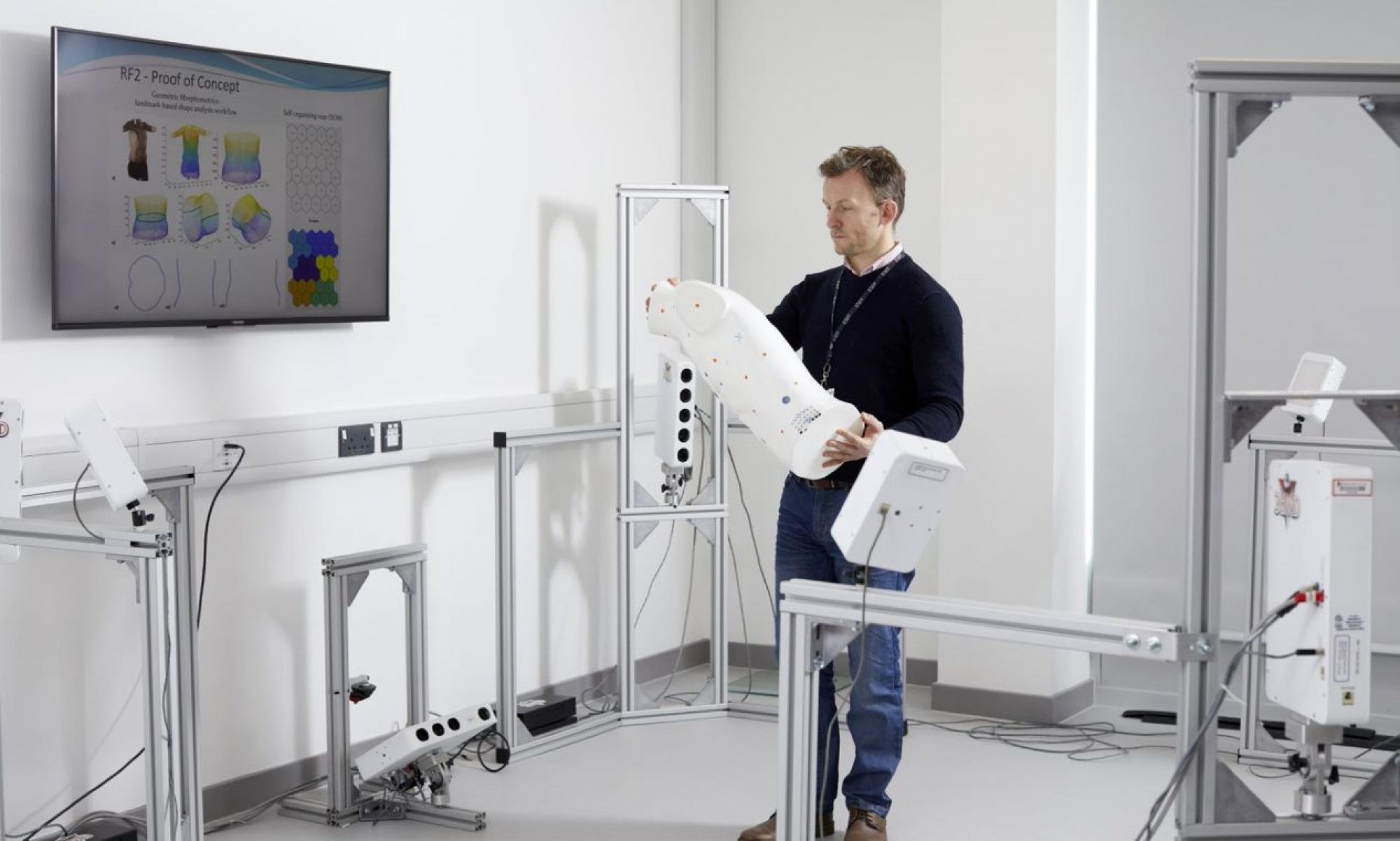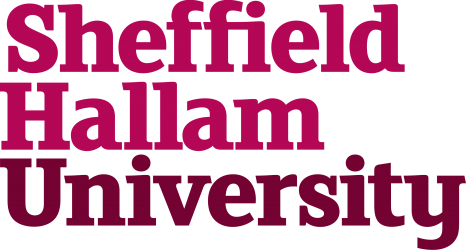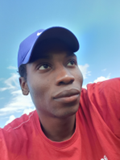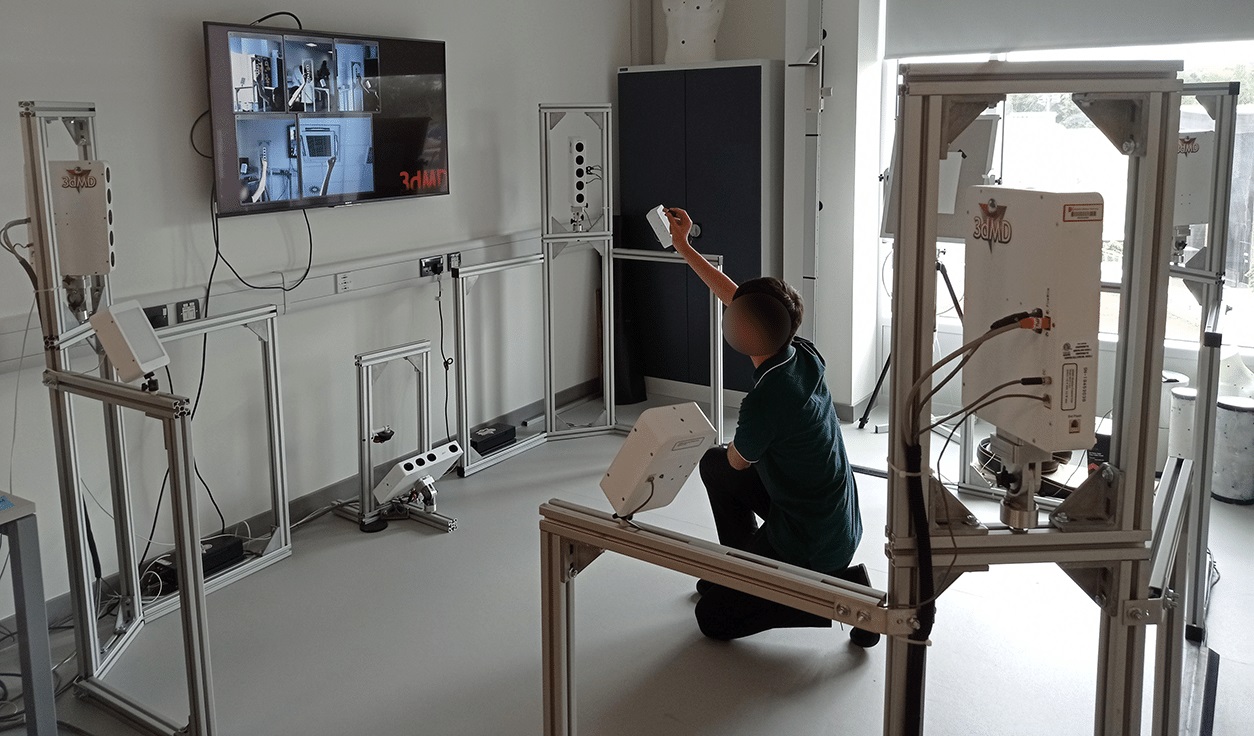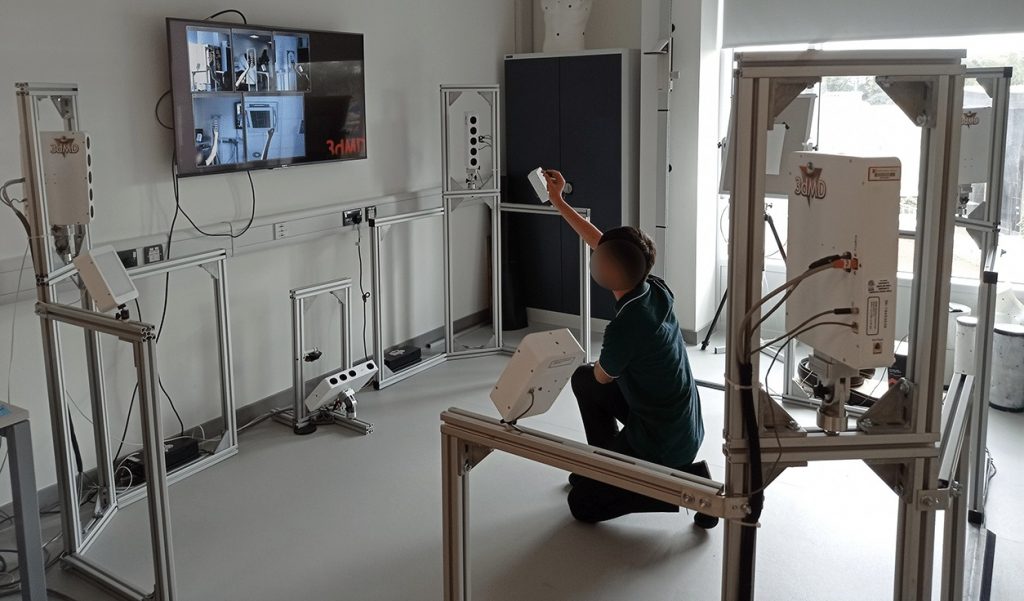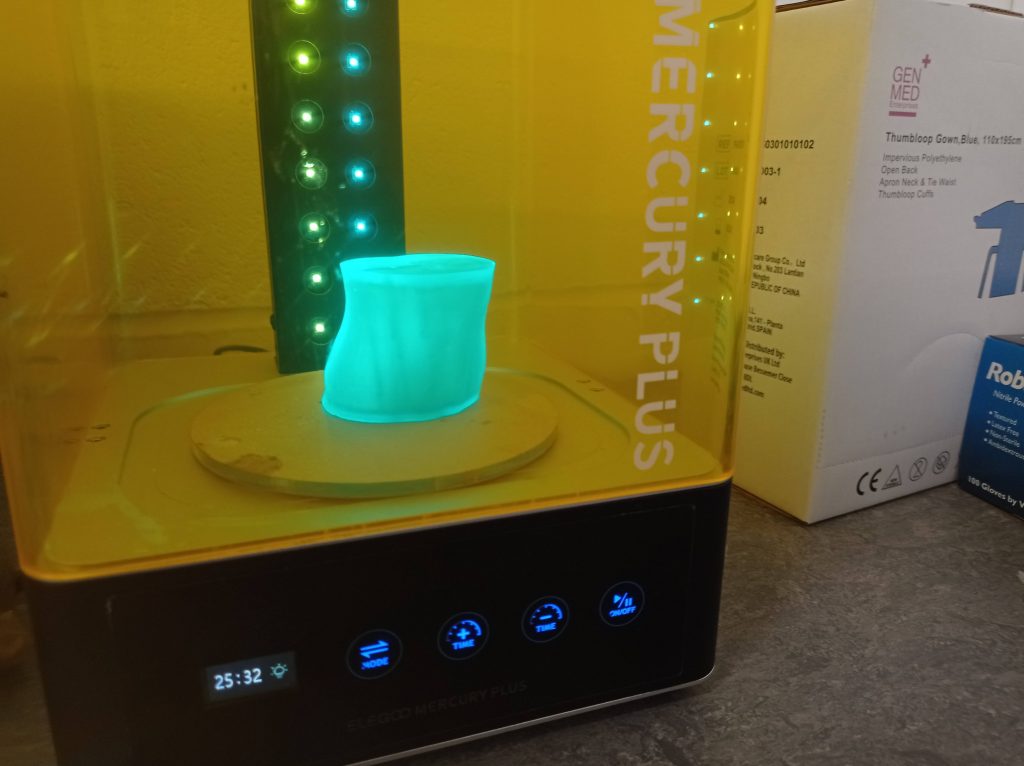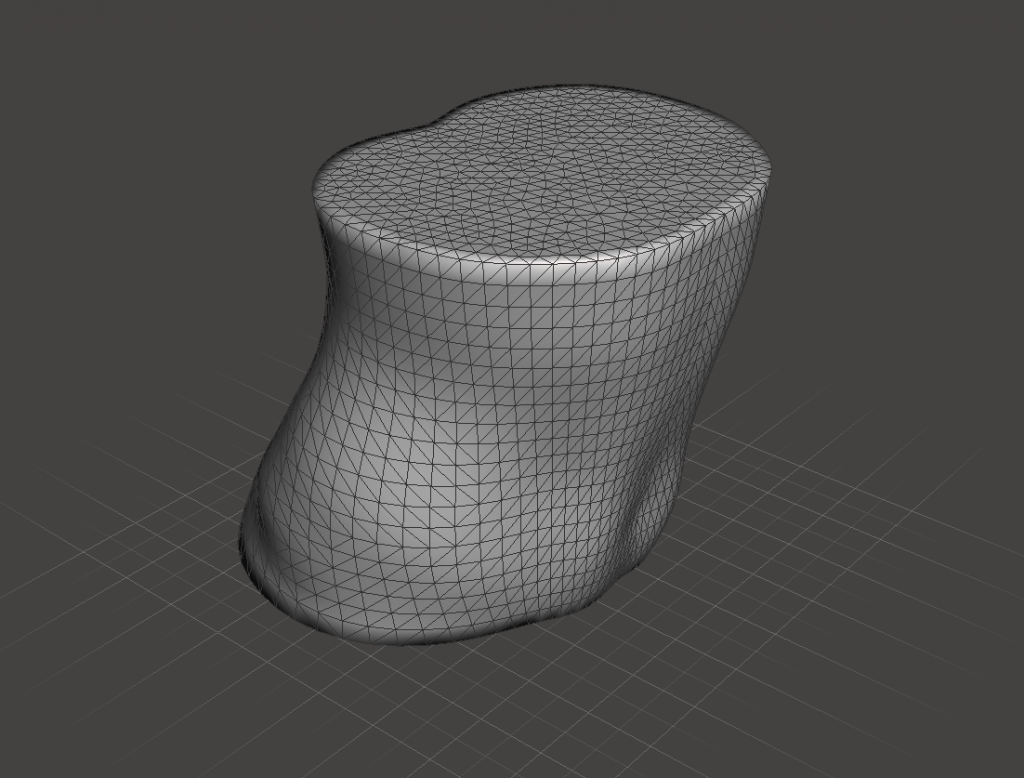Audrey Chan worked with us over Summer 2022 as a research assistant to help us collect data for a study looking into the personal perception of 3D body scanning. We have asked her some questions about her experience.
What did you do? What did you work on? What equipment did you use? Please give us a summary of your time working with us.
I helped with some of the initial admin (for the project) – writing suppplementary information for the Ethics Panel, developing some of questions for the interview guide, and creating a poster. Then, it was a case of promoting the research and recruiting participants by sending numerous emails, using social media, and running pop up stands in public places. Next, I helped to conduct 1-1 interviews with participants at the AWRC, where I carried out traditional anthropometric measures plus 3D body scanning, and obtaining feedback on both types of methods. Finally, I helped to check the transcripts and analyse the data.
Were you interested in 3D body scanning and human measurement before working with us? If not, has your experience changed that?
I had carried out anthropometric measurements as part of my MSc Nutrition with Obesity & Weight Management at SHU, but had not been involved in anything as high tech as 3D body scanning, so it was a really good experience and very exciting to be part of.
Has your experience helped you in your career? Or, how do you hope it will help you in the future?
It’s been a privilege to be involved in this piece of research. How many students can claim they’ve done a piece of cutting edge research for the Advanced Wellbeing Research Centre? I’ve learnt so much about participant recruitment, staying resilient, showcasing new technology to members of the public, and carrying out qualitative research. I was really proud to show what the AWRC is doing. I have so enjoyed the experience and hope it will help me with future research. Who knows, I might go on to do further study after this!
